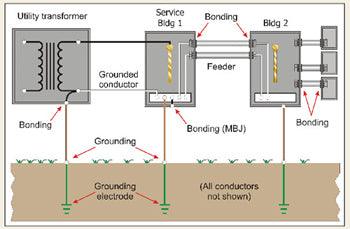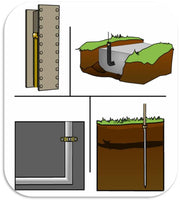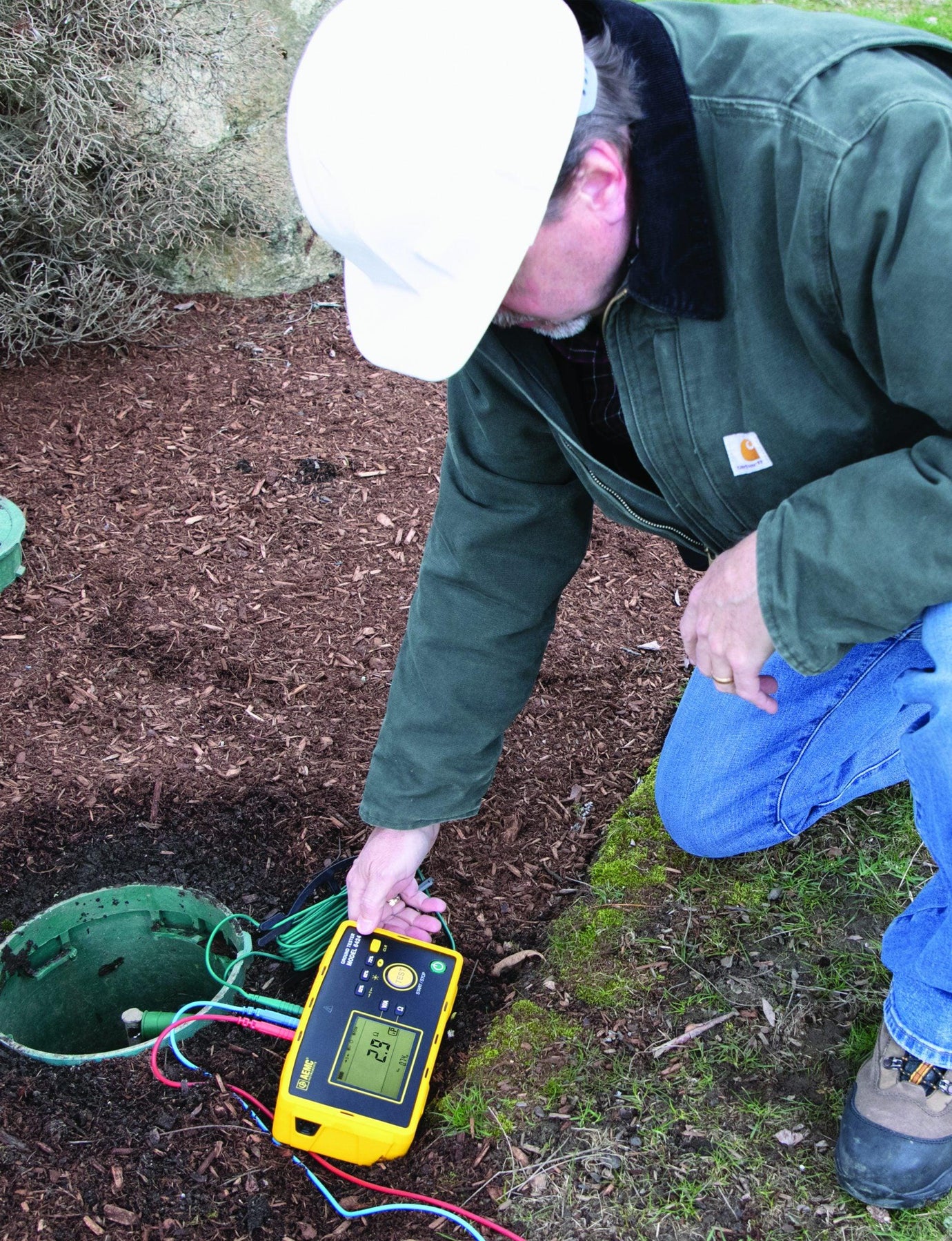The Safety Standards and Codes of Grounding and Bonding: A Comprehensive Guide
The Necessity of Grounding and Bonding
Grounding and bonding, key aspects of electrical safety, are designed to ensure a safe path for electricity to follow in the case of an electrical fault, like a short circuit. Grounding refers to the connection of an electrical system to the ground through grounding electrodes, which helps stabilize voltage levels and protect against overvoltage conditions like lightning strikes or power surges. Bonding, on the other hand, involves creating an electrically conductive path between metallic parts of an electrical system to ensure they all have the same electrical potential.
Grounding and Bonding According to NEC
The National Electrical Code (NEC), developed by the National Fire Protection Association, provides comprehensive guidelines for grounding and bonding procedures. It outlines specific standards for grounding electrodes, grounding conductors, equipment grounding, and bonding jumpers. One key NEC rule is that every electrical system should have a grounding conductor that connects the system to the earth and the electrical system's neutral point.
Essentials of the Earthing System
An earthing system, crucial for grounding, consists of grounding electrodes that provide a physical connection to the earth. The NEC outlines specific requirements for the installation of these electrodes, their location, size, and the material from which they are made. It is important to regularly measure the earth resistance of the grounding system to ensure its effectiveness in providing a path for fault currents.
Bonding Requirements and Standards
Bonding requirements, also outlined in the NEC, ensure that all electrically conductive materials and equipment are properly connected to prevent a potential difference which can lead to electric shock. This includes requirements for the installation of bonding jumpers, which maintain electrical continuity and conductivity between different parts of an electrical system.
Grounding and Bonding in Different Electrical Systems
Specific grounding and bonding standards apply to different aspects of electrical systems. For example, there are particular rules for grounding and bonding electrical panels, which are designed to protect against the dangers of electrostatic discharge (ESD) and potential faults. The NEC also specifies grounding and bonding procedures for different types of electrical equipment and installations.
Protection against Overvoltage and Ground Faults
Grounding and bonding are essential for the protection of electrical systems from overvoltage and ground faults. Ground fault protection devices, like the Ground Fault Circuit Interrupter (GFCI), work effectively only when the grounding and bonding are properly implemented.
Challenges and Considerations
While grounding and bonding are critical for electrical safety, implementing them is often a complex task requiring careful considerations. Balancing different factors, such as cost, technical feasibility, and adherence to code requirements, is an inherent challenge. It is important to approach each grounding and bonding project with an understanding of the unique characteristics and requirements of the specific electrical system.
Conclusion
Understanding the safety standards and codes of grounding and bonding is critical for anyone seeking to ensure the safety and efficiency of their electrical systems. While the topic might seem complex, proper grounding and bonding play an invaluable role in safeguarding against potential electrical hazards. Always remember that it is essential to consult with or hire licensed professionals when it comes to grounding and bonding to ensure compliance with safety codes and the overall safety of the electrical system.











